Thermodynamics & Heat Experiments
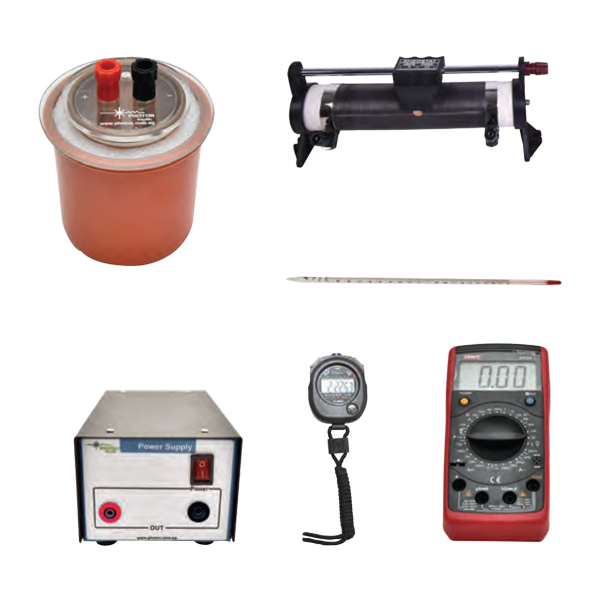
Electrical Heat Equivalent (Joule’s Law)
Joule’s law states that the total electrical energy (or heat) dissipated in a resistor due to the flow of current.
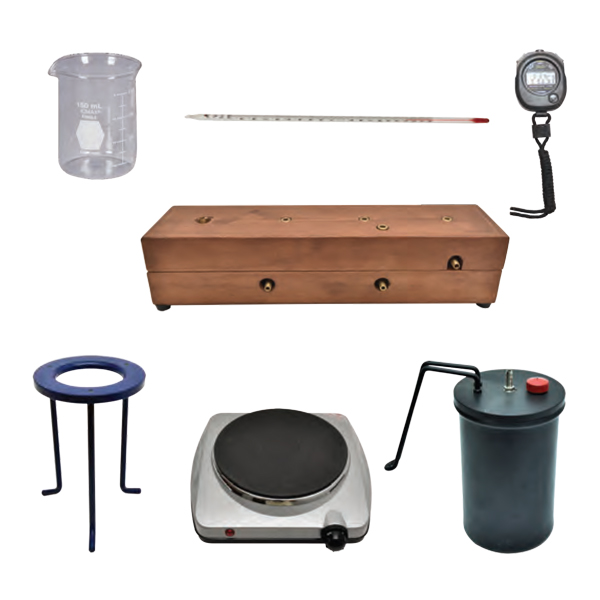
Thermal Conductivity of a Good Conductor (Searle’s Method)
In this experiment, Searle's method is used to determine the thermal conductivity k of a material, such as a copper bar.
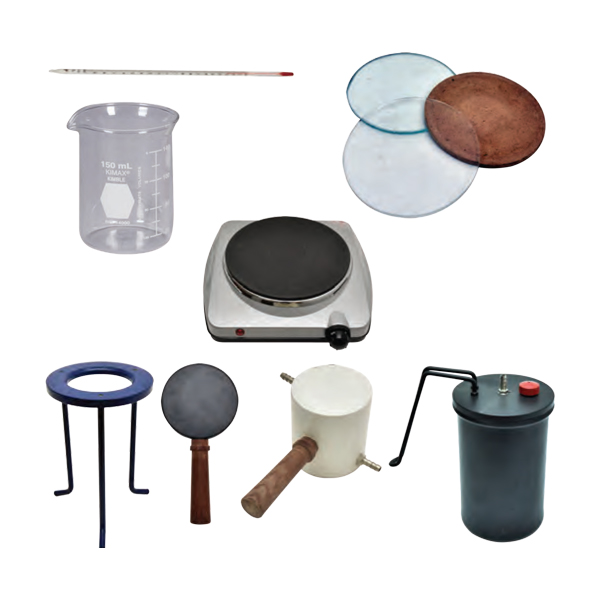
Thermal Conductivity of a Bad Conductor (Lee’s Disc Method)
Determines the thermal conductivity of an insulating material using the steady-state heat transfer principle.
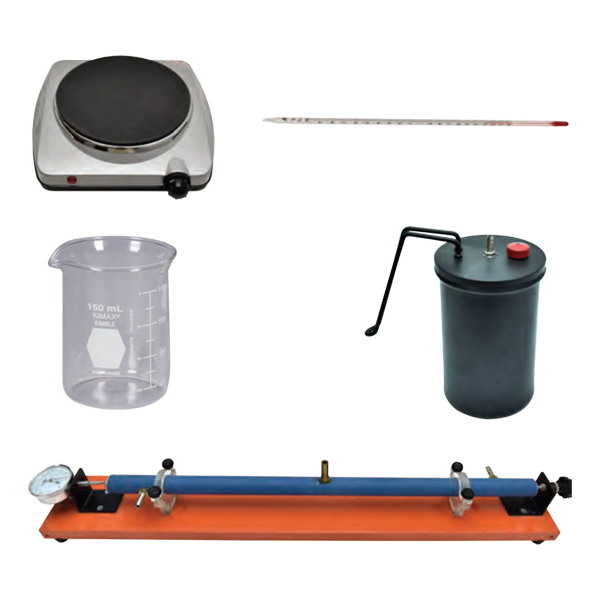
Linear Thermal Expansion
Measures how the length of a metal rod changes with temperature.
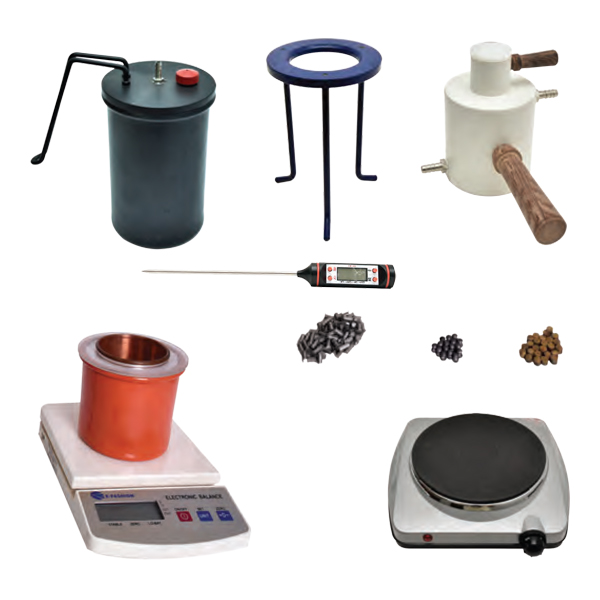
Specific Heat Capacity of Metals by Mixing Method
Calculates the specific heat capacity (c) of a metal using heat transfer principles.

Specific Heat Capacity of a Liquid by Newton’s Law of Cooling
Newton's law of cooling states that, the rate of loss of heat from a body is proportional to the difference between its temperature and that of the surrounding atmosphere that is cooling it.
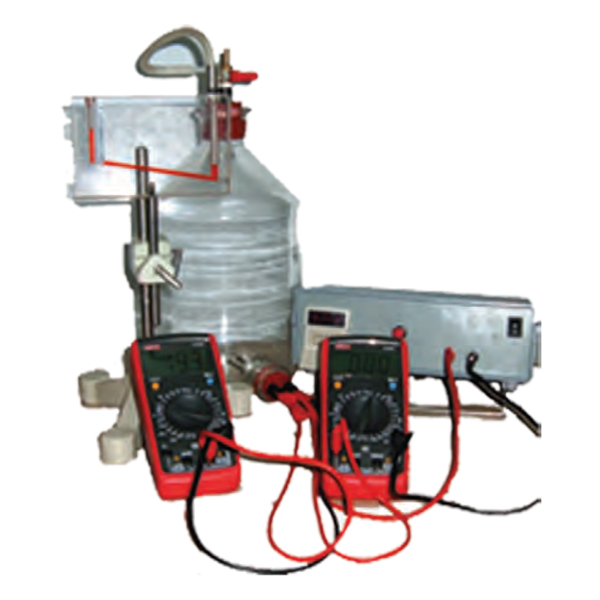
Specific Heat Capacity of Gas
The specific heat capacity of a gas is measured to determine how much heat is required to raise the temperature of a given amount of gas.
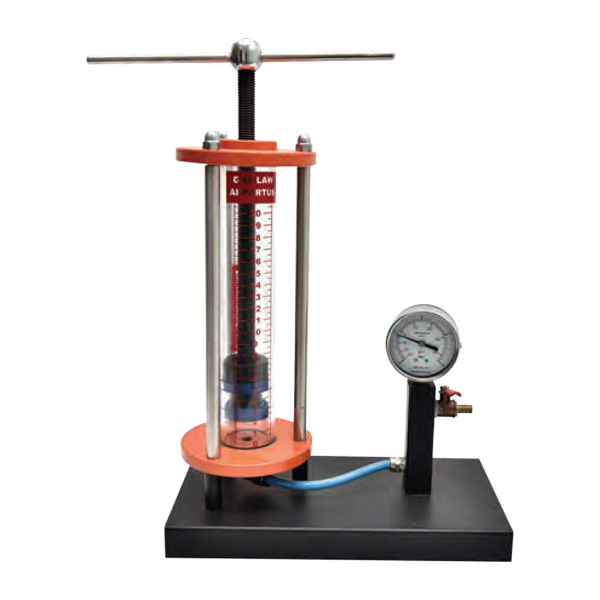
Verifying Boyle’s Law
the mathematical expression for Boyle’s law: for a constant mass of a gas at a constant temperature, its pressure is inversely proportional to its volume.
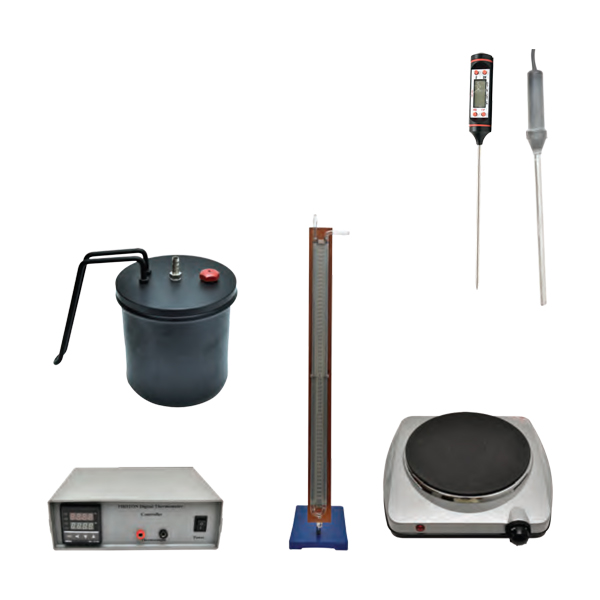
Verifying Gay-Lussac’s Law
Silicon photodiodes are semiconductor devices that generate current when exposed to light or particles.
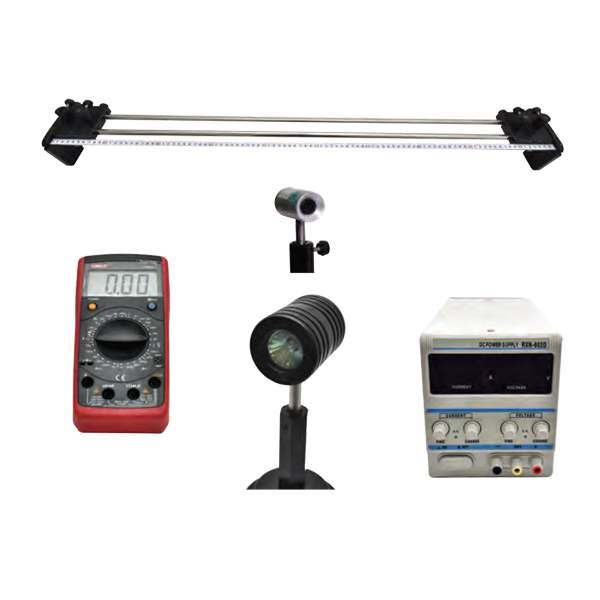
Stefan-Boltzmann Law for Radiation
The Stefan-Boltzmann Law describes the relationship between the temperature of a black body and the energy it radiates.
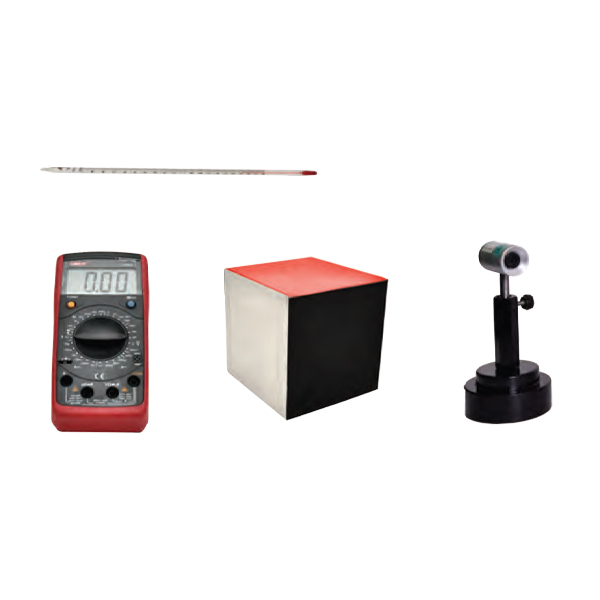
Leslie’s Cube, Absorption, and Radiation Box
Analyzes how different surfaces absorb and emit radiation.

Temperature Measurement
This involves exploring different techniques for measuring temperature, including thermocouples, infrared sensors, and other modern methods.
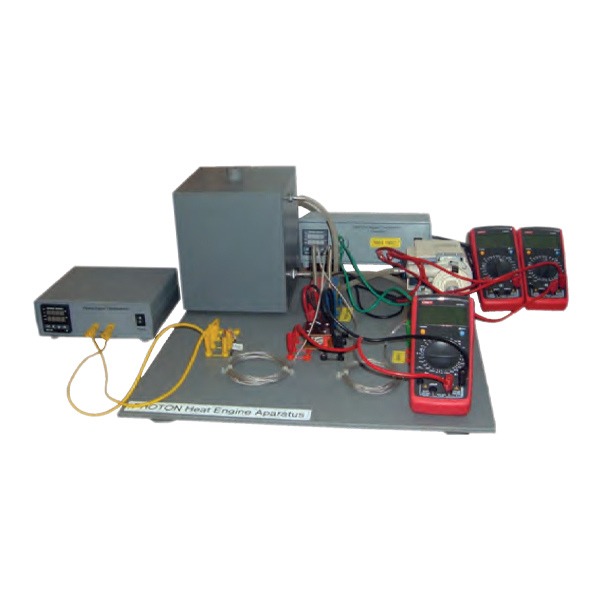
Heat Engine
This demonstrates the energy conversion process in an engine cycle, typically through thermal energy being converted into mechanical work, such as in internal combustion engines or turbines.
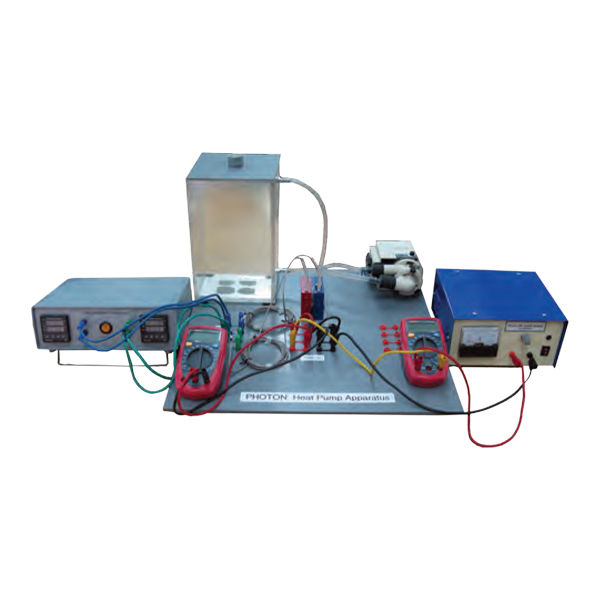
Heat Pump
This concept focuses on heat transfer within a refrigeration cycle, explaining how heat is moved from cooler areas to warmer ones, commonly used in heat pumps and refrigeration systems.
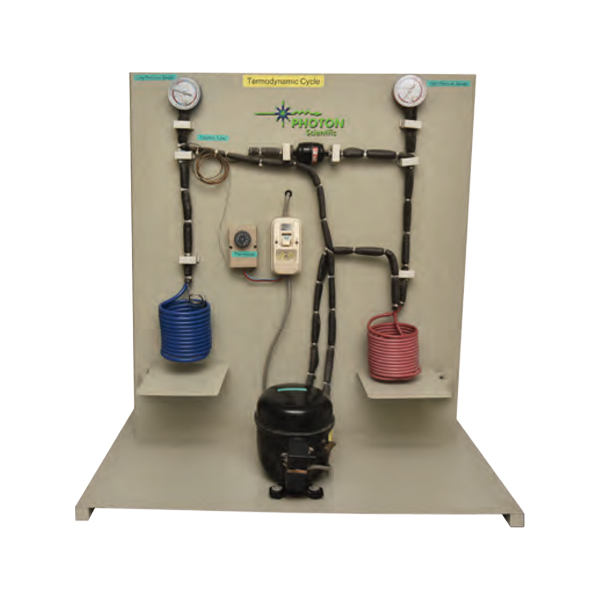
Thermodynamic Cycle (Refrigerator Cycle)
This investigates the refrigeration cycle, which consists of key components like the compressor, condenser, and evaporator, and how these work together to absorb and dissipate heat in refrigeration systems.
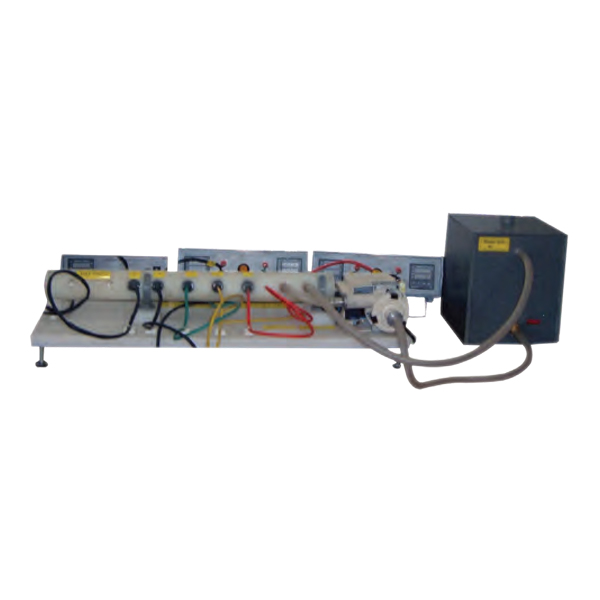
Heat Transfer by Conduction
Studies how heat moves through solids via conduction using Fourier’s law.
